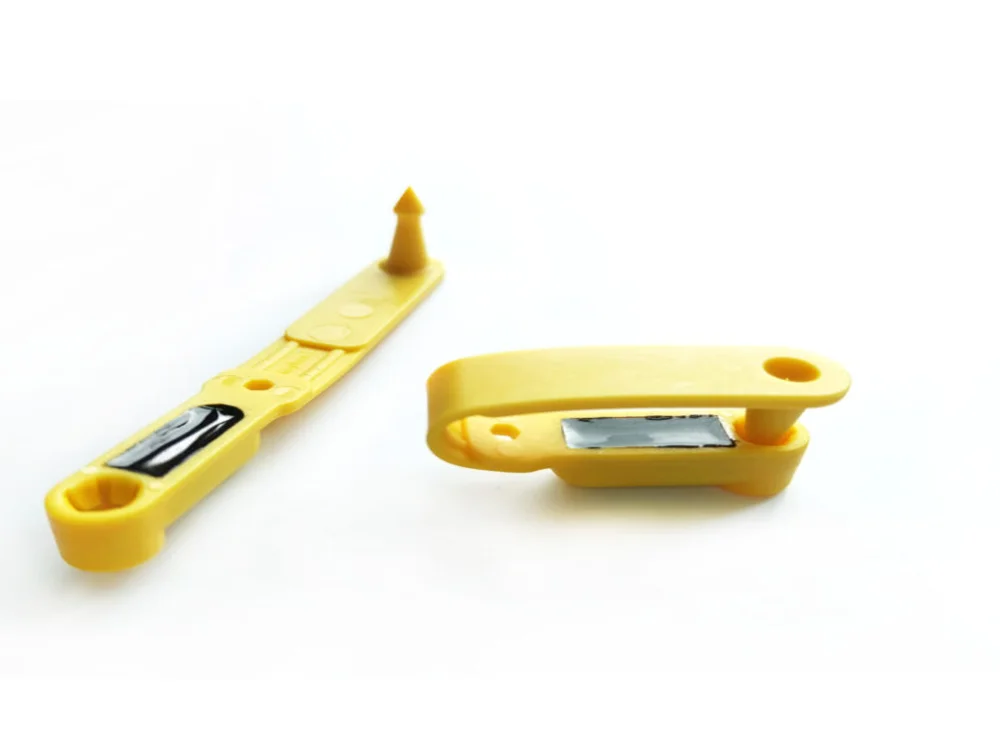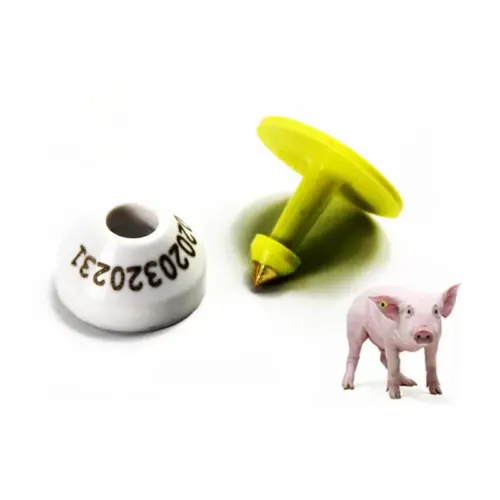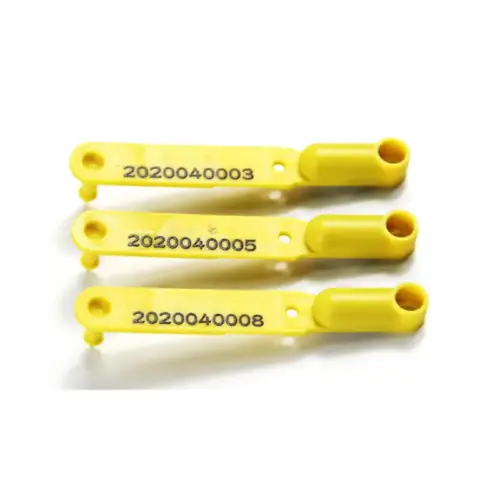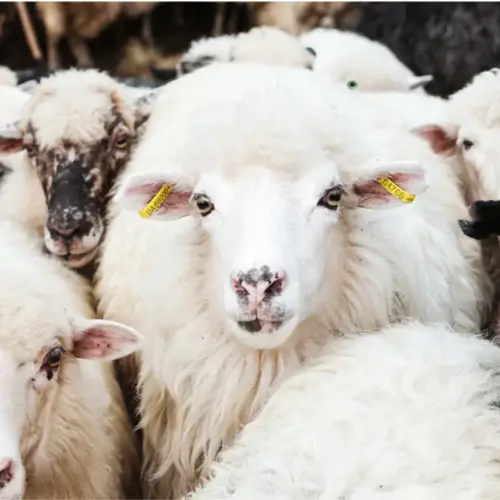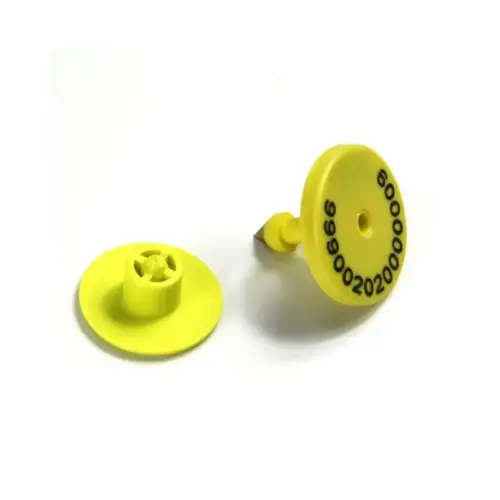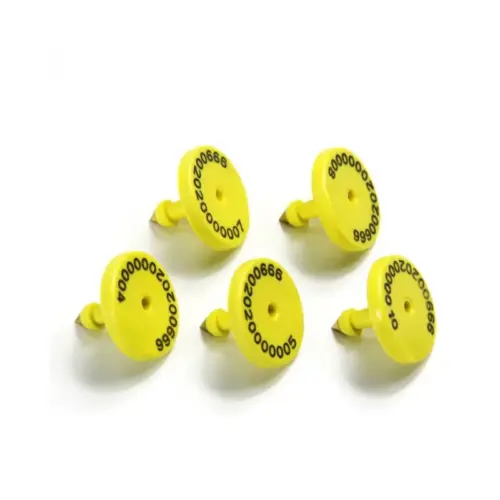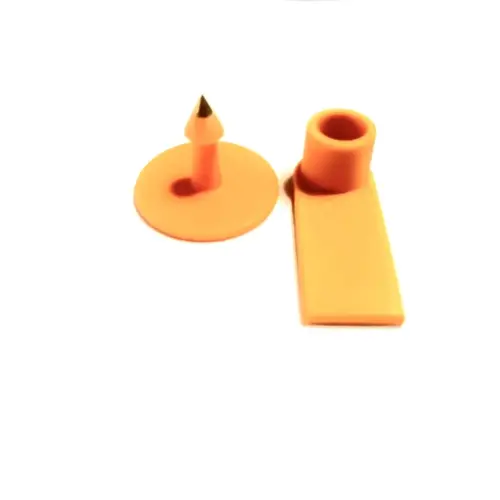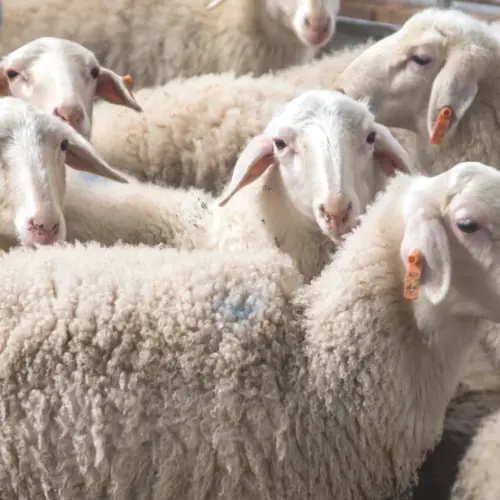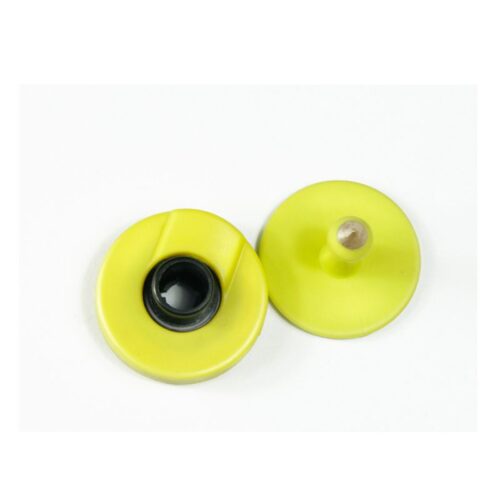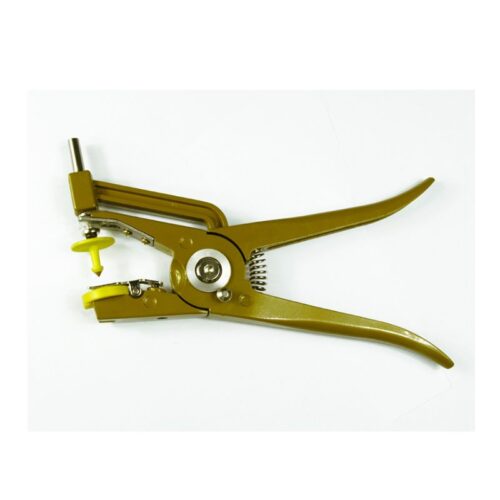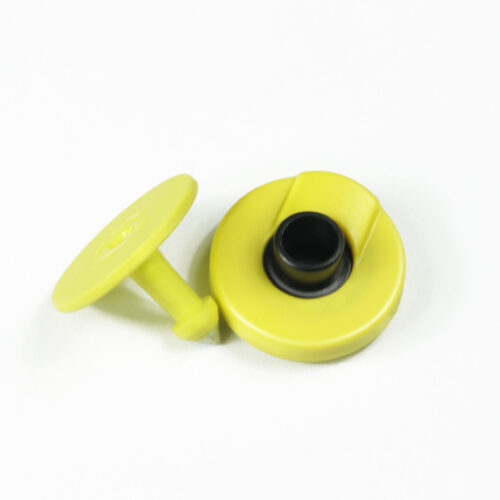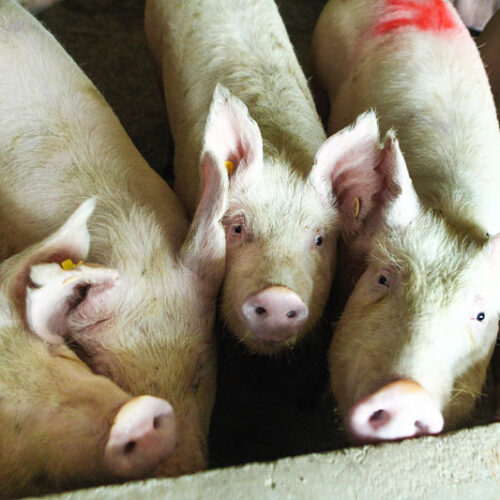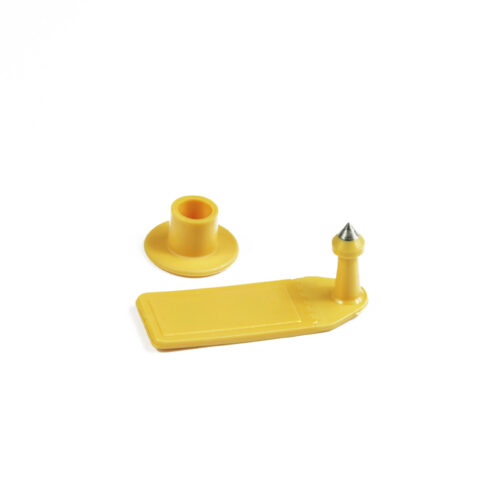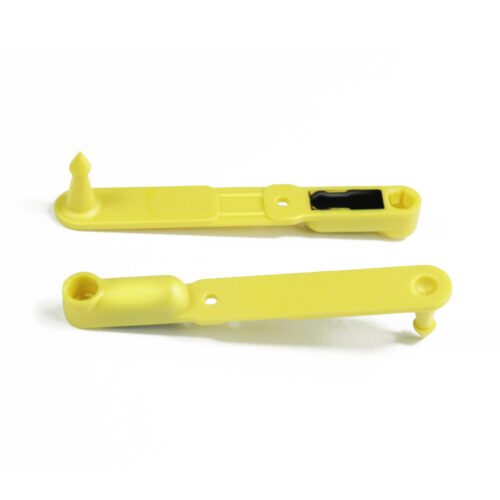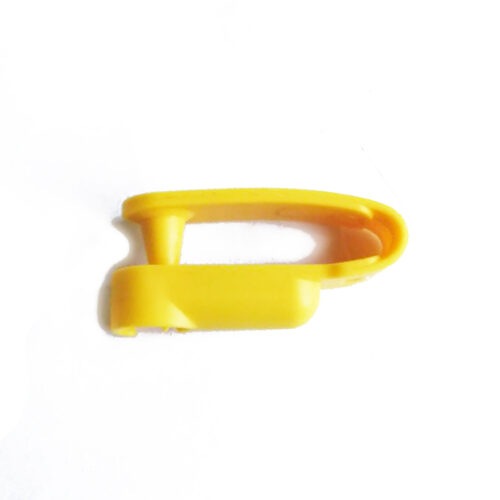Why RFID For Sheep And Goat?
RFID technology offers unique advantages when used for sheep and goat management. It is easier than traditional tattooing, branding, or visual tags.
RFID tags provide reliable and permanent identification as the loss rate of ear tags is lower than that of visual tags. Automated recording of data is possible, which reduces labor requirements. People can instantly trace the history of each animal with a unique ID, which was not possible earlier. When combined with GPS tracking, the movement of animals can also be monitored in real-time.
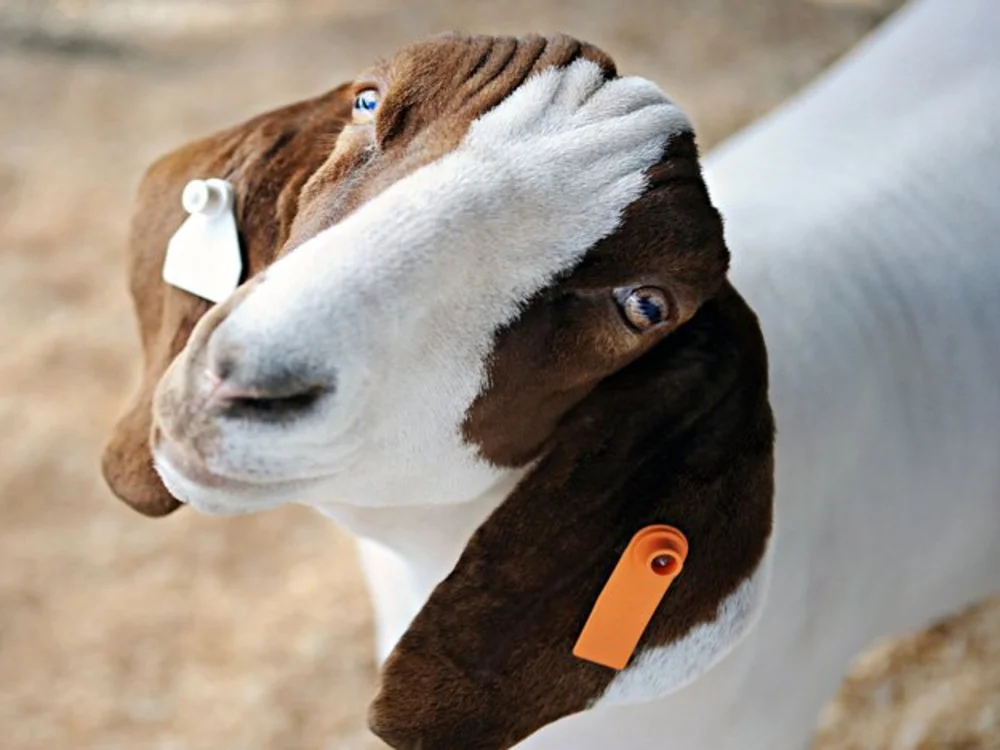
RFID ear tags are small devices that attach to the ears of sheep and goats. It contains a tiny transponder that responds to radio frequency signals sent by the handheld readers. As the animal passes near the reader, data from the tag is captured. You can use it for attendance records, health updates, growth metrics, etc.
The unique ID transmitted by the RFID tags makes it possible to collect and store data on each animal. The data can include:
- health records
- vaccination details
- paternity information
- breeding history
This data can help farmers make informed decisions on breeding, culling, health interventions, etc.
Featured RFID Ear Tags For Sheep And Goats
Benefits Of Using RFID Ear Tags In Sheep And Goat Management
RFID technology offers unique advantages when used for sheep and goat management. It increases efficiency and transparency.
1. Sheep Management
RFID ear tags enhance sheep management significantly. During key stages such as breeding, lambing, or milking, RFID systems provide critical data on the status of each animal. This data can include pedigree information, litter size, body condition scores, etc. Managers get visibility on essential metrics that drive appropriate care.
For example, ewes with low post-weaning body scores can be supplemented to speed up rebreeding. Accurate sheep flock metrics also help determine optimal stocking rates for farm areas.
2. Health Monitoring
Detailed health data for each animal can be recorded using RFID during regular inspections. Any symptoms or diagnoses are updated with the animal’s ID. Vaccination records are also maintained digitally. This data helps detect disease outbreaks faster. One can identify high-risk animals that need to be quarantined based on previous health events. Losses are prevented through data-based decisions.
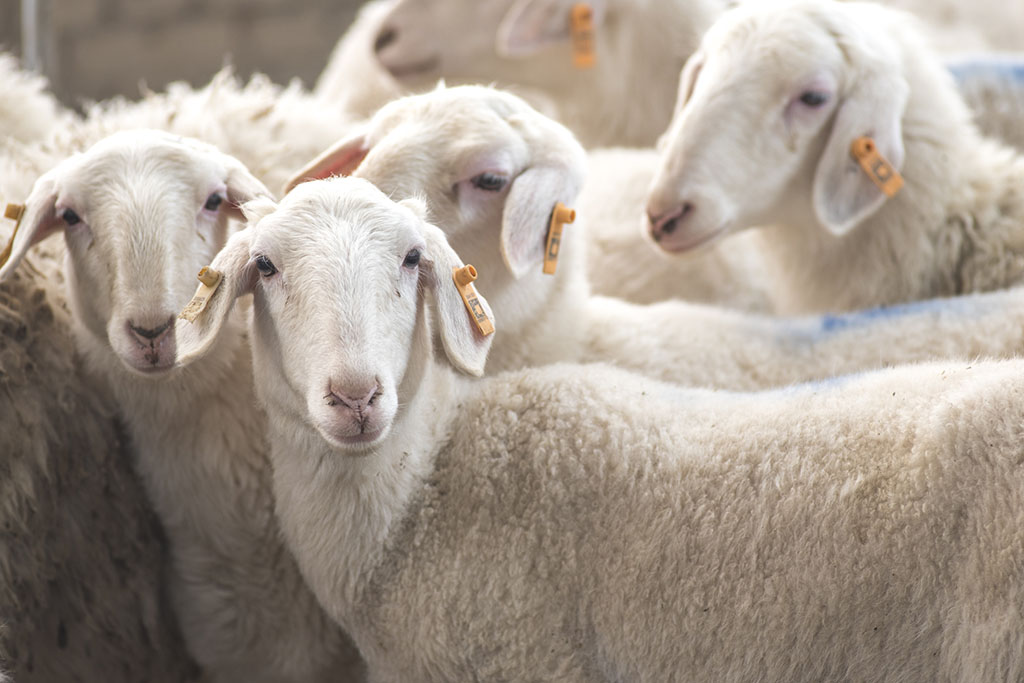
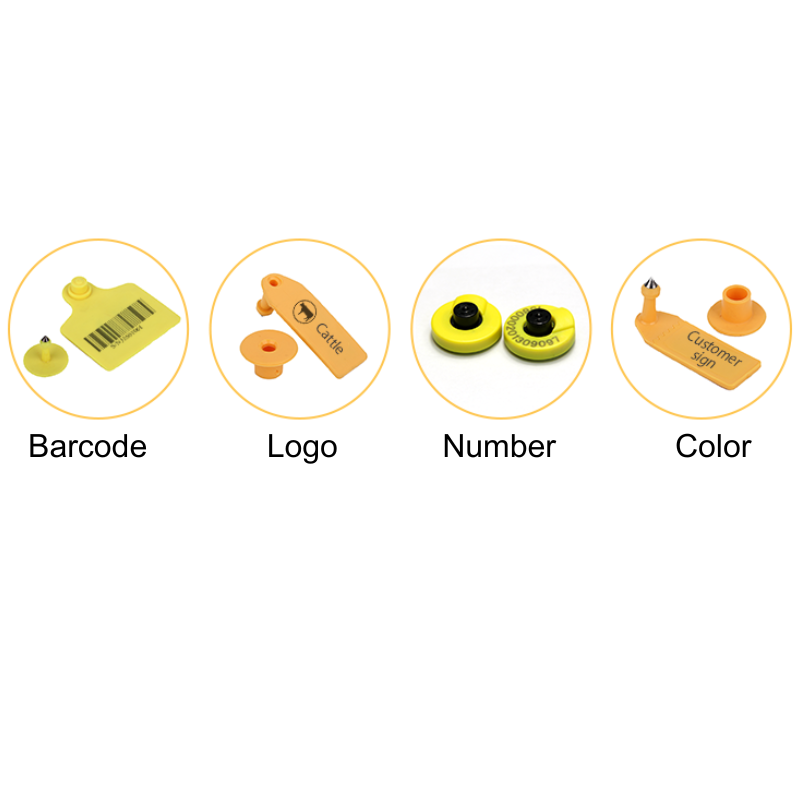
3. Disease Control
As RFID tags enable tracing animal history and contacts, controlling highly contagious diseases becomes easier. Sheep diseases like blue tongue or goat diseases like CAE spread rapidly within sheep flocks.
By studying data on previous outbreak zones or infected animals, vulnerable groups can be segregated and vaccinated. RFID tracking also helps enforce quarantines efficiently when infection spread throughout farms.
During transactions like sales or purchases, ensuring RFID tag traceability reduces disease transmission to new farms. Overall, RFID is critical for biosecurity and epidemic prevention.
4. Breeding and Reproduction
RFID ear tags enable reliable breeding management by capturing key breeding parameters. Data points such as estrus indicators, service bulls, conception rates, etc., provide unique insights. RFID tracking helps determine optimal mating decisions based on ancestry and age.
Additionally, after lambing, newborns can be closely monitored by linking the mother’s and father’s RFID codes with the offspring. This supports data collection on factors like litter size, mortality rates, lamb weights, etc., which impact selection decisions for breeding stock.
Overall, RFID systems enhance record-keeping accuracy in breeding, foster data-based selection, and improve reproductive outcomes through analysis.
Case Studies: Success Stories in the Field
Dan Persons owns Rafter P Ranch. He first used barcode tags on his 200 ewes. But scanning them took too long. Entering the data also had many mistakes. So Dan switched to RFID tags as his flock grew.
There are now 1000 ewes wearing RFID ear tags. Handheld RFID readers record data in seconds. This is much faster with no errors. The sheep software also tracks medication withdrawal times. This prevents early sales after treatments.
Dan researched an RFID systems to meet his ranch’s needs. He chose Shearwell brand equipment. This includes RFID ear tag readers, flock software, and sheep scales. RFID was not one-size-fits-all for Dan. But the right system made management much smoother.
Future of RFID in Livestock Management
As a versatile technology, RFID is expected to become an integral part of livestock management systems, significantly enhancing data collection mechanisms on farms. When combined with herd management software, RFID inputs can significantly improve analysis. Farm workflows also benefit from automation of manual identification and data recording needs.
For example, RFID portals at field gates can automatically extract a subset of sheep from the flock by scanning tags at the entrance and exit. Animals can be immediately quarantined based on age, health, or nutritional needs without labor cost. Such applications shall redefine resource planning methodologies in the long term.
RFID ear tags are integrated flexible frameworks to enable predictive decisions-making and precision agriculture. RFID contributes significantly to sustainable livestock production through such data-based farm management models.
In the future, RFID tags will be connected to many new tools. Farmers will always know what is happening with each animal. This will keep the animals safer and healthier. The farms will also grow better, too. Therefore, RFID ear tags are very useful for animals and the farmers who take care of them.
